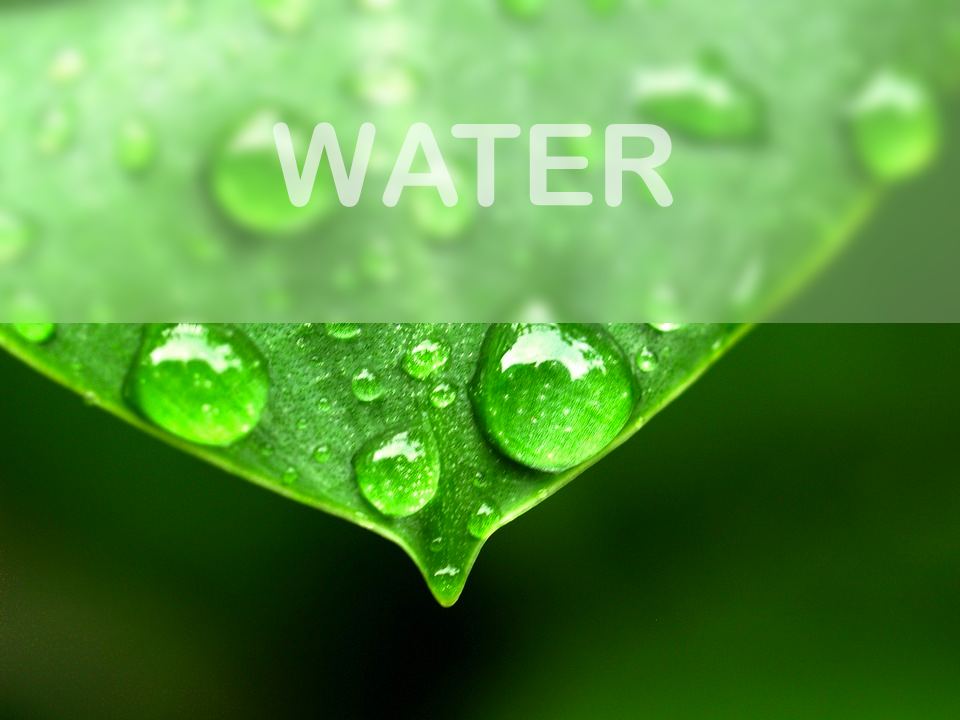Here's a solution that works with fixed backgrounds, if you have a fixed background and you have some overlayed elements and you need blured backgrounds for them, this solution works:
Image we have this simple HTML:
<body> <!-- or any wrapper -->
<div class="content">Some Texts</div>
</body>
A fixed background for <body> or the wrapper element:
body {
background-image: url(http://placeimg.com/640/360/any);
background-size: cover;
background-repeat: no-repeat;
background-attachment: fixed;
}
And here for example we have a overlayed element with a white transparent background:
.content {
background-color: rgba(255, 255, 255, 0.3);
position: relative;
}
Now we need to use the exact same background image of our wrapper for our overlay elements too, i use it as a :before psuedo-class:
.content:before {
content: '';
position: absolute;
top: 0;
left: 0;
width: 100%;
height: 100%;
z-index: -1;
filter: blur(5px);
background-image: url(http://placeimg.com/640/360/any);
background-size: cover;
background-repeat: no-repeat;
background-attachment: fixed;
}
Since the fixed background works in a same way in both wrapper and overlayed elements, we have the background in exactly same scroll position of the overlayed element and we can simply blur it.
Here's a working fiddle, tested in Firefox, Chrome, Opera and Edge: https://jsfiddle.net/0vL2rc4d/
NOTE: In firefox there's a bug that makes screen flicker when scrolling and there are fixed blurred backgrounds. if there's any fix, let me know



